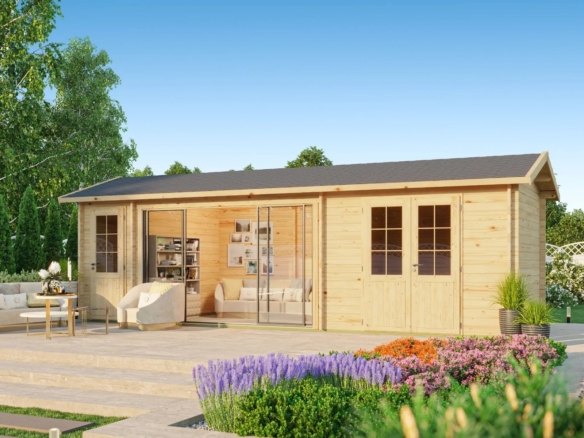
Furniture arrangement can be exhausting. If you have vacant space, it can seem like an overwhelming job to fill it in a manner that is both practical and visually appealing. Over the years, however, interior designers have developed several easy-to-use tricks. It’s not so frightening to arrange furniture if you adhere to the application of the following basic rules.
Sketch It
The design and drawing of separate furnishings are much simpler than moving furniture around the space. It will save you a lot of mistakes when you do not think something fits or scratch your floor or walls while you move your wardrobe around for the umpteenth time – this happens a lot.
Prioritize Function over Form
When organizing a room the most significant factor is to have an idea and decide how the room will be used. For instance, if your main activity when sitting on a sofa is not watching TV, it is a great choice to have a symmetrical layout, that is – two sofas facing each other. Think about what you want in the space, how much room you need, and what you have to do in it.
Select a Point of Focus
A focal point is very important and can sometimes be taken for granted. Focal points can occur naturally like an eye-catching skylight, a window or an integrated fireplace. Others, like media units or a piece of furniture, you may need to position yourself. No matter what point of focus you have decided on, be decisive and consistent with your choice. You will want, as much as possible, to arrange furniture around it.
Design Areas for Conversation
Naturally, people should be able to speak to each other without yelling at each other across the room. Set the sofas and chairs face to face (not necessarily straight but close) so that people are close enough to talk without shouting. It’s important too that the sofa heights are properly aligned. Create various conversation zones when the room is big and will be used for entertaining.
It is Vital to Strike a Balance
In design, balance is essential in all areas whether you have an interest in symmetry or not. A big piece of furniture is visually countered by two smaller pieces, or by a high lamp with a suspended pendant. Strike a balance in the colour and pattern and you will fall in love with the great ambience it creates.
Avoid Unnecessary Furniture
There are many things required in a bedroom, but you should begin with what you need. Trying to work with many different things can quickly cause clutter, and you may not need any of it eventually.
In tiny flats, this is particularly crucial if there is not much additional space–less furniture will make your room look much more spacious. If your space is extra small, use higher dressers and racks to take less room and create more storage.
Flow Access is Essential
For interior design junkies, an empty space is the finest kind of blank slate. But once you get furnishings and begin to arrange, the initial excitement can begin to turn to indecision. Keep in mind that less is more, map your traffic routes and stick to at least 3 feet of “walking space” between furniture items.
Proper Rug Placement Area
Although this isn’t a furniture item, your rug positioning depends upon the finished layout of your room.
Typically, area rugs are placed below the lower two-thirds of a bed and they provide a cool area to move on, in the morning when you leave your bed.
You probably need to place your rug somewhere else if your bed is in a corner, such as next to the bed or the middle of your open space. I a living room, rugs often have a low table on them, but work out what fits with your space.
Lighting Options
Lighting is crucial to a room and this is too often overlooked. Use a combination of ceiling lights and table and floor lamps (and if you can, sconces). At the end of a couch or behind an accent chair, a ground lamp will look an excellent addition. On side tables, racks and even coat stands, table lamps look beautiful. In order to be well balanced, lighting should be positioned at well-spaced intervals, so use a range of fittings throughout your space liberally.
Don’t Be Scared to Try Different Things
These are only basic instructions, and there is no definitive correct or incorrect way of doing your furniture. Find out what works best in your room and for you. Use your eye and feelings, as well as looking at symmetry with a more logical focus.
Attempt experimenting with various layouts in your first few weeks. If you have few moving items, you’ll soon settle on what works for you.



